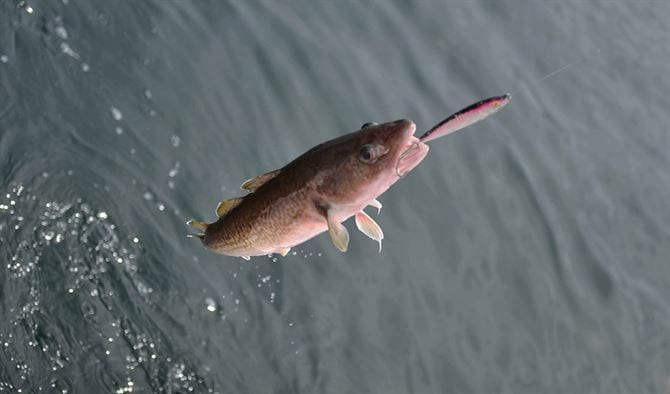Millennials are now the nation’s “peak spenders” and they are gravitating towards healthier eating which favors more seafood.
“We see year over year that there is this cohort aged 35 to 54 that is going to be spending far more across categories, including food expenditures, than any others,” said Will Notini, consumer insights manager at Chicago-based Technomic, a leading market tracker for over 50 years.”
The company has contracted with the Alaska Seafood Marketing Institute to identify trends in seafood consumption and how best to position Alaska seafood in a changing marketplace. The bottom line is that America’s households are becoming much more diverse and changes in taste and technology will shape the future of seafood eaters.
A presentation called the Seafood Consumer of the Future showed that there has been a 30 percent increase in seafood consumption by millennials in the past year, and 70 percent have changed their diets to eat healthier foods. The trend is especially noticeable with millennial preferences for proteins.
Nearly 60 percent of those consumers said that seafood is healthier than beef or pork; 43 percent said the same for chicken or turkey.
“We’re seeing that people are moving towards seafood and plant-based proteins. There are significant increases among those particular categories, so seafood should expect to see large growth,” Notini said.
Technomic surveys also showed that 71 percent of millennials said they are more interested in where their foods come from and how they are grown or produced.
“That’s why they buy things labeled as organic or specific sourcing,” he explained. “People are looking for those origins that are known to have high quality products, whether that’s California wine or Georgia peaches, and Alaska is strongly associated with seafood. There is an expectation that those sources will be displayed, whether it’s online, at grocery stores or at restaurants.”
“They are looking at labels and ingredient lists, can they pronounce it, have they seen it before – these are tools that consumers are using to identify what in their mind is healthy, familiar and not processed,” Notini said.
Nearly 40 percent of those surveyed preferred wild seafood over farmed, and said it is important that their choices “don’t hurt the environment.”
“In general, wild is the greater draw for consumers,” Notini said. “And I think that Alaska seafood is one of the labels that really speaks to that premium. But there is more education that needs to happen in order to access the true value in wild caught versus farm raised.”
Alaska seafood is very ‘on trend’ in hitting the points consumers are tuned into, Notini added. A second phase of the ASMI study is digging further into the existing trends, he said, and asking consumers specifically about Alaska seafood and “how it fits into this landscape.”
There may be some challenges with the growth of e-commerce shopping, but he believes Alaska seafood is better positioned than most others.
Digital grocery usage last year increased to 23 percent, according to Technomic, and 43 percent of Americans said they do their online shopping in bed.
Pebble Mine permit comments
The public has until Feb. 20 to comment to the Department of Natural Resources (DNR) on an application to continue exploratory mining activities near Iliamna.
The activities include “the drilling of geotechnical and exploratory boreholes, re-activation of an acid rock drainage test site, and continued reclamation and maintenance activities,” according to a DNR release.
Other authorizations requested include Water Use, Miscellaneous Land Use Permits (MLUPs), and Reclamation Plan Approval for exploration and/or care and maintenance operations.
The DNR Division of Mining, Land and Water proposes to issue a MLUP for “exploration activity on state mining claims, as well as reclamation approval on state lands. Winter cross country travel on state lands not within state mining claims may also be authorized.”
Comments can be mailed to the DNR Division of Mining, Land and Water, attention Hollie Chalup, at 550 W. 7th Ave., Suite 900B, Anchorage, AK 99501 or via email to dnr.anc.mining@alaska.gov.















